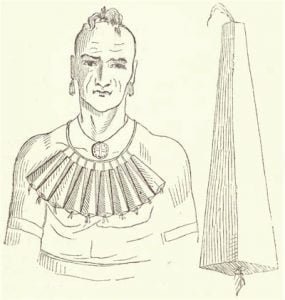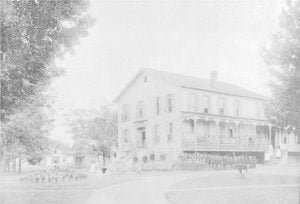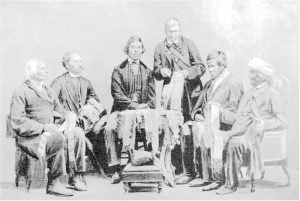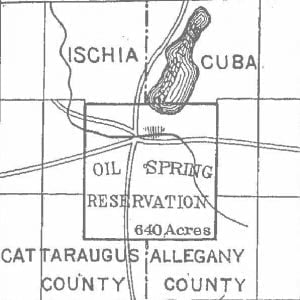Ancient Entrenchments on Fort Hill, near Le Roy, Genesee County
The following diagram of this work has been drawn from a pen-sketch, forwarded by the Rev. Mr. Dewey, of Rochester. The work occurs on an elevated point of land formed by the junction of a small stream, called Fordham’s Brook, with Allen’s Creek, a tributary of the Genesee River. Its position is about three miles north of the village of Le Roy, and some ten or twelve northeast of Batavia. The best view of the hill, as one of the natural features of the country, is obtained a short distance north of it, on the road from Bergen to Le … Read more









